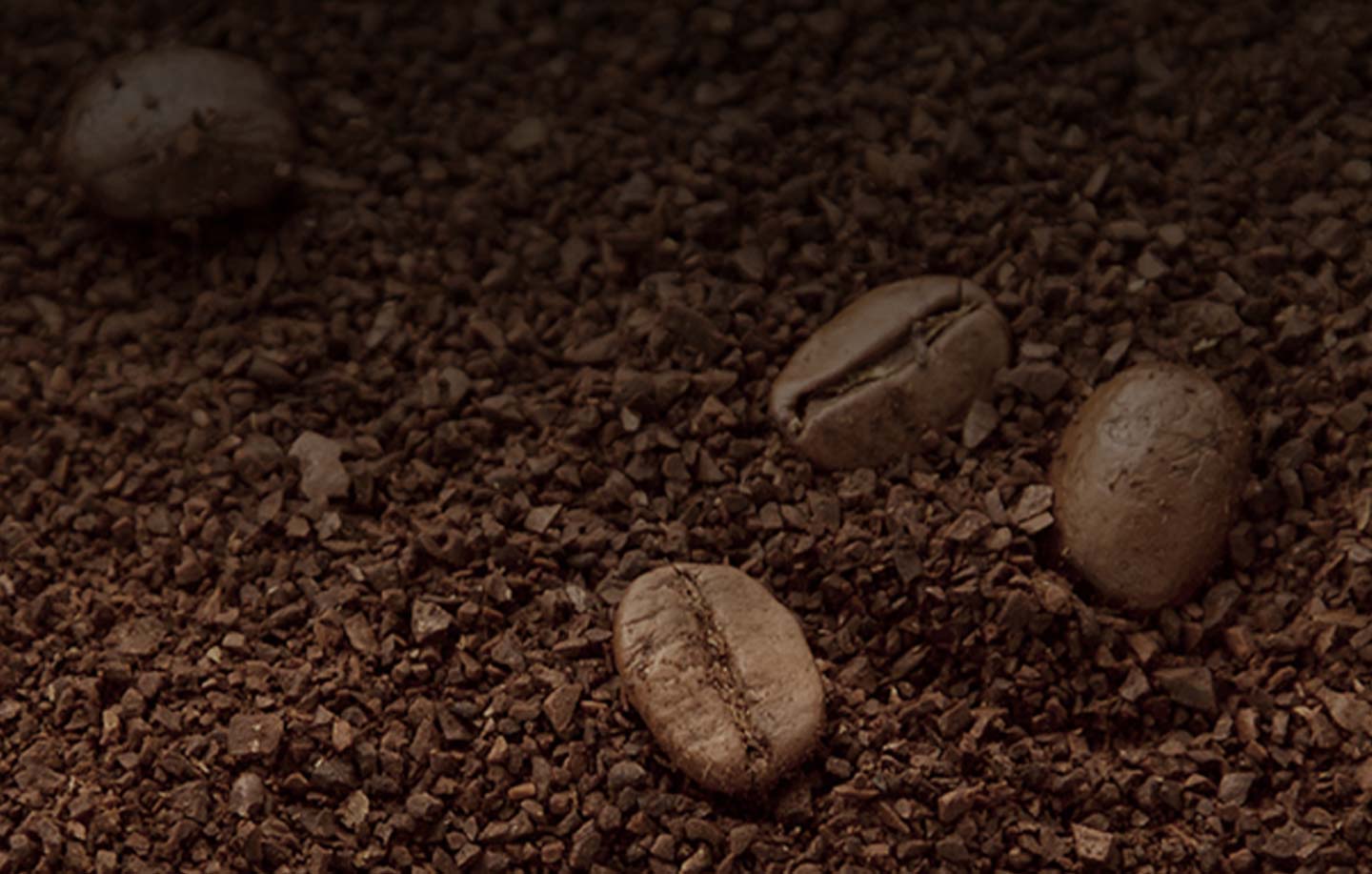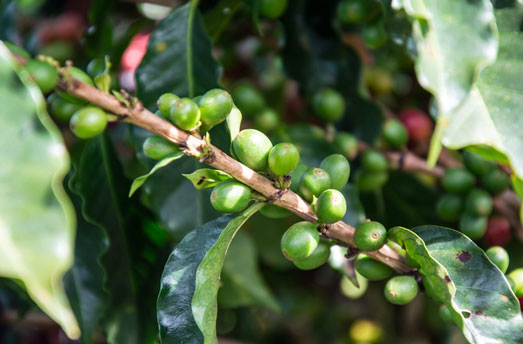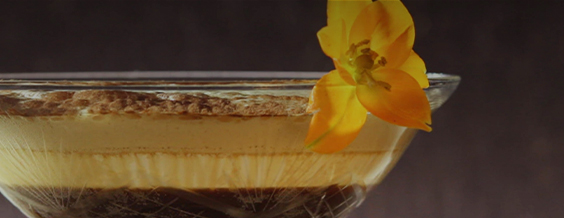*Lavazza is not affiliated with, endorsed or sponsored by Nespresso


How to make good instant coffee
Instant coffee is perfect for when you are seeking a quick ‘pick-me-up’ without the need for any coffee equipment. Eeasy-to make and portable; instant coffee is , ideal for having in your cupboard or for use when on-the-go.In the following article we will explore how to make great instant coffee at home, in an instant!
Instant coffee is produced from coffee beans through manufacturing processes that result in granules or powder, or in a liquid concentrate. Despite many insisting instant coffee is not real coffee, almost the 50% of the world’s coffee is in fact instant.
Each year, about 40,000 tonnes of instant coffee is sold in the US, and in some countries, is more widespread than brewed coffee. Nevertheless, capturing the true essence of coffee beans and its flavour has been an ongoing challenge which has lasted for more than, two centuries, with organisations working to replicate th scent and aroma found in freshly brewed whole bean coffee. Now let’s see how instant coffee is made and what it takes to make it delicious!


The production of instant coffee
Roasting
It all begins with the roasting. First, green coffee beans are roasted to bring out their taste and aroma. The process is traditionally carried out in a roasting plant: the beans are placed in a rotating drum together with hot combustion gases. This takes anywhere from eight to 15 minutes at temperatures up to 165 degrees. The continuous fluid bed roasting may represent another option, allowing for a gentler taste and aroma retention due to the lower roasting temperature.
Grinding
The coffee is turned into powder by scored rollers which are used to crush the beans to obtain a fine grind, with a particle size between 0,020 and 0,043 inches.
After being roasted and grinded, ground coffee is then dissolved in water and percolates at a temperature between 150 degrees and 180 degrees. The resulting concentrate will be between 15-30% in terms of mass. Finally, either vacuum evaporation or freezing concentration is used to create the final product.
Spray drying
Spray-driers involving hot gas or high-vacuum equipment may be used in order to evaporate water from the extract of brewed coffee. Spray-driers are commonly used to dry a liquid more rapidly and obtain a dry powder.
Nozzle atomization
Taking from five to thirty seconds, depending on the size of the particles, this process substantially reduces the moisture of instant coffee.
Freeze-dried coffee is almost ready
To make the final product, the extract is frozen and the water is removed by a process called sublimation; where a solid transitions directly to the gaseous phase, skipping irs liquid state.
Aromatization
Aromatic flavours are added to the soluble coffee in order to replace the ones lost during the brewing and drying process. At this point, the product's conversion into a soluble form takes place.
The preparation of instant coffee
Let’s now explore what it takes to prepare a great tasting instant coffee!
- Heat up a cup of water. For one serving, you will need 240 ml. Remove the water from the heat before it starts boiling.
- Add one or two teaspoons of instant coffee to a mug after checking your container’s label to find out how much instant coffee you should use in order to obtain the best taste.
- Gently dissolve the coffee by using a tablespoon of cold water to improve the flavour of your cup.
- Pour the hot water carefully into the mug and remember to leave room if you plan to add some milk or creamer.
- Mix in sugar or spices to taste. We like to add a teaspoon of sugar or cocoa powder and/or cinnamon, which we think makes it taste delicious!
- Add milk or cream if you are not up for black coffee. A spoon of dairy milk, almond milk, or any other option at your choice will make your coffee lighter and creamier!
- Stir your instant coffee until it becomes uniform in colour and enjoy!
We recommend that you follow these simple tips to enhance your cup of coffee in order to make your instant coffee experience more enjoyable! They will help evaluating the reputation of instant coffee and will allow you to taste something totally unexpected in terms of taste and flavour.





















